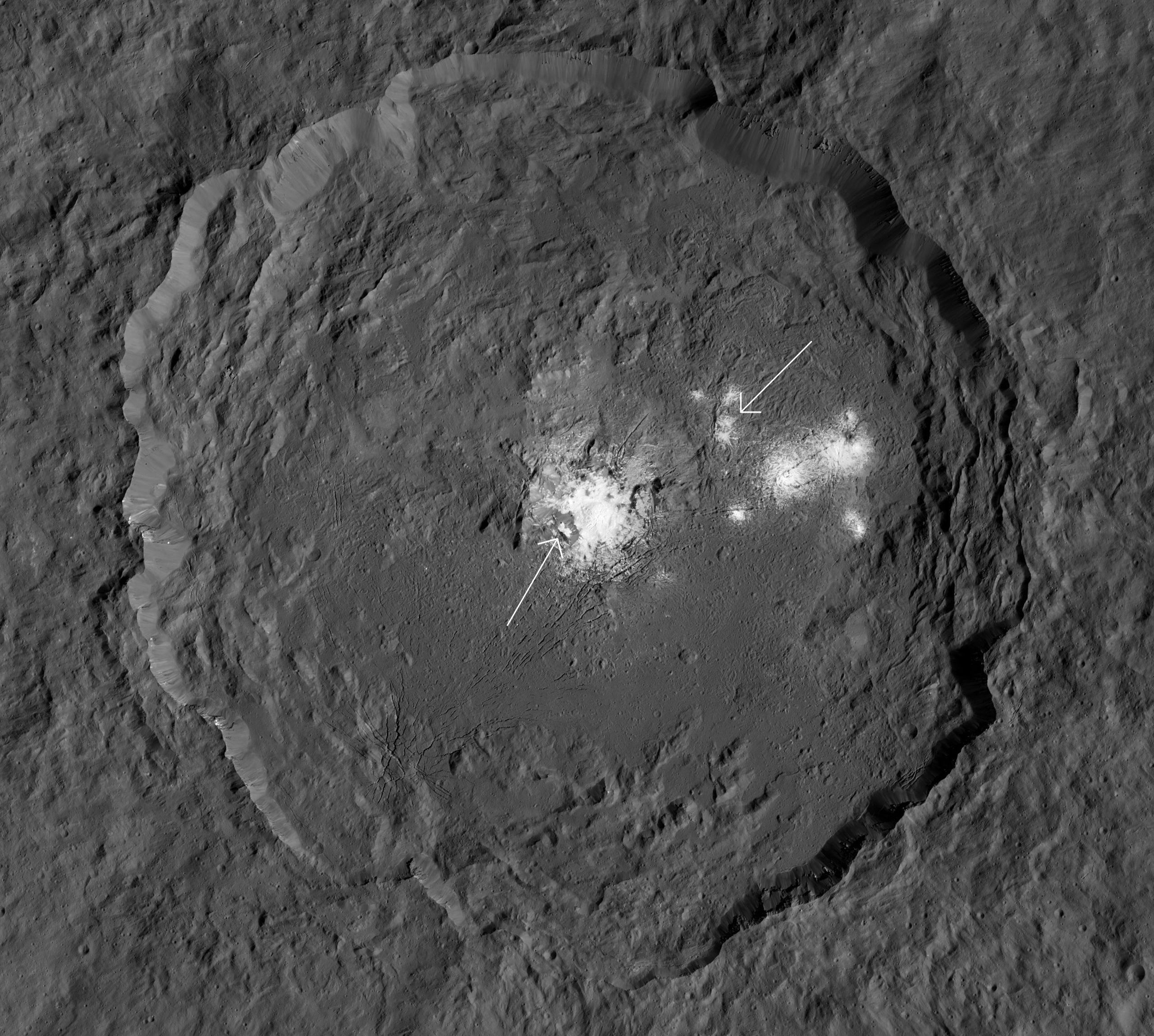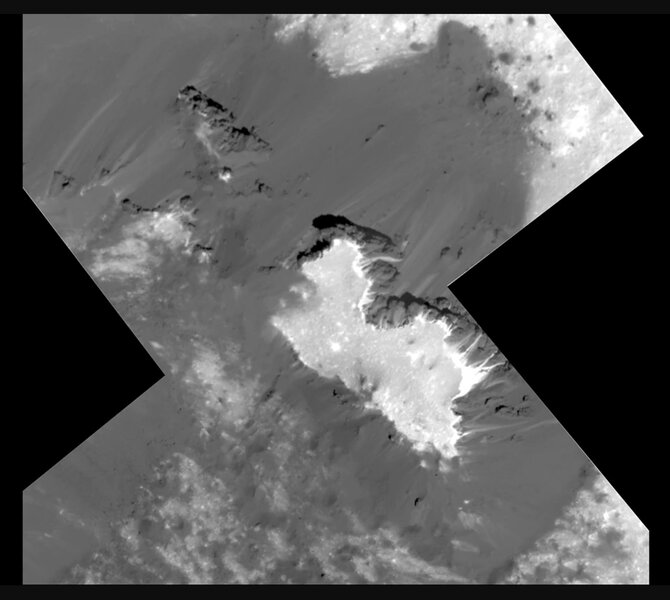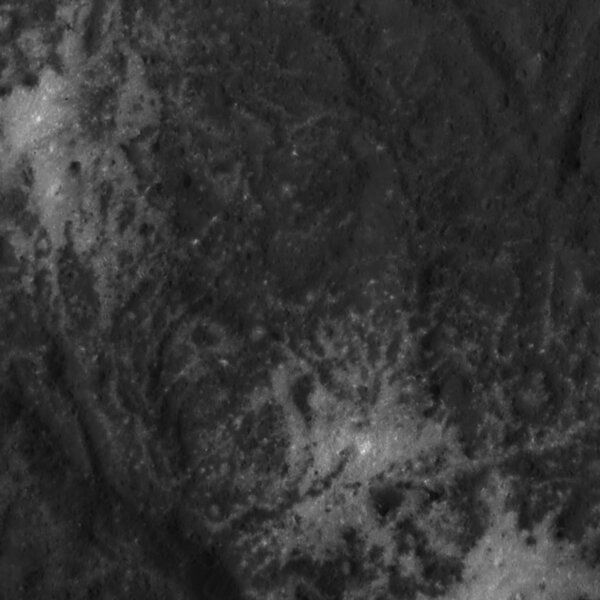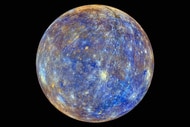Create a free profile to get unlimited access to exclusive videos, sweepstakes, and more!
Dawn is now barnstorming Ceres and seeing wonders

The Dawn spacecraft is a wonder. Launched in 2007, it took a long spiral outward from Earth (with an assist by the gravity of Mars) to head out into the asteroid belt, where it parked itself in orbit around the protoplanet Vesta for a year. Then it headed away to the even larger protoplanet Ceres, where it has been since March 2015.
Dawn has undergone a series of different orbits to achieve different science results around Ceres. In June, engineers gave it one last ride: The ion engines were used to change the orbit into a looping elliptical path that takes it about 4,000 kilometers from the surface of Ceres down to a hair-raising 35 kilometers above the rocky terrain. That's close. Ceres is about 940 km wide, so this is skimming right over it.
Dawn is barnstorming Ceres.
Not long after the final orbit was achieved, Dawn took this ridiculously cool image of a mesa that's part of Cerealia Facula, the big bright spot in the center of Occator crater:
Occator is about 92 km wide, and two bright spots in it were seen even as Dawn approached Ceres in 2015, and were maddeningly vague until the spacecraft achieved orbit. Then the spots were resolved into many smaller ones, associated with cracks in the crater floor and on its central mound. Could they be ice?
It turns out it was even better: They were mineral deposits! Ceres has an icy mantle beneath its surface, and deep cracks in the surface allow the ice to seep up. When it gets hit by sunlight it turns directly into a gas. And while this is water ice, it's not fresh water: It's briny, with mineral dissolved in it. When the ice sublimates it leaves those minerals behind, depositing them on the surface. Ceres is very dark, and the minerals much brighter, so they look white in the images.
There were arguments about what the minerals are, but it looks now like the major constituent is sodium carbonate. And the deposits are relatively fresh, geologically speaking, only a few million years old at most.
In the above image you can see what look like flow lines, possibly from ice movement. These images are so new they haven't been properly analyzed yet. It looks like the darker material has impinged on the brighter stuff to the upper right, but I'd expect the opposite to be true (the brighter material is left behind after mass movement). Perhaps there's some sloping here that helped sculpt this interface… and more than one cryovolcano event occurred here to create this mess. I imagine planetary scientists studying Ceres are having the times of their lives right now.
At a distance of 39 km Dawn took this shot of Vinalia Faculae*, a collection of other brighter spots to the northeast of the central peak of Occator:
Wow. You can see more flow lines here too, and you get more of a sense of how dark Ceres is (Vesta is smaller, but more reflective, so it's actually brighter than Ceres from Earth).
These are just a (salty) taste of what we'll be getting in the coming months as Dawn dives repeatedly over Ceres. NASA extended the mission to allow for this lower orbit, and it will continue until the spacecraft runs out of hydrazine fuel for its attitude control thrusters (used to keep the spacecraft pointed in the right direction). No one really knows how long that will take, so until then, we’ll get to enjoy the crop of images and science from this spacecraft as long as it can reap them.
*A facula is a bright spot, literally from the Latin for "little torch." Ceres was the goddess of agriculture, and many features are named in that manner. Hence Cerealia, which was a festival celebrating the harvest, and Vinalia, a wine festival. The plural of facula is "faculae," just so's you know.
















